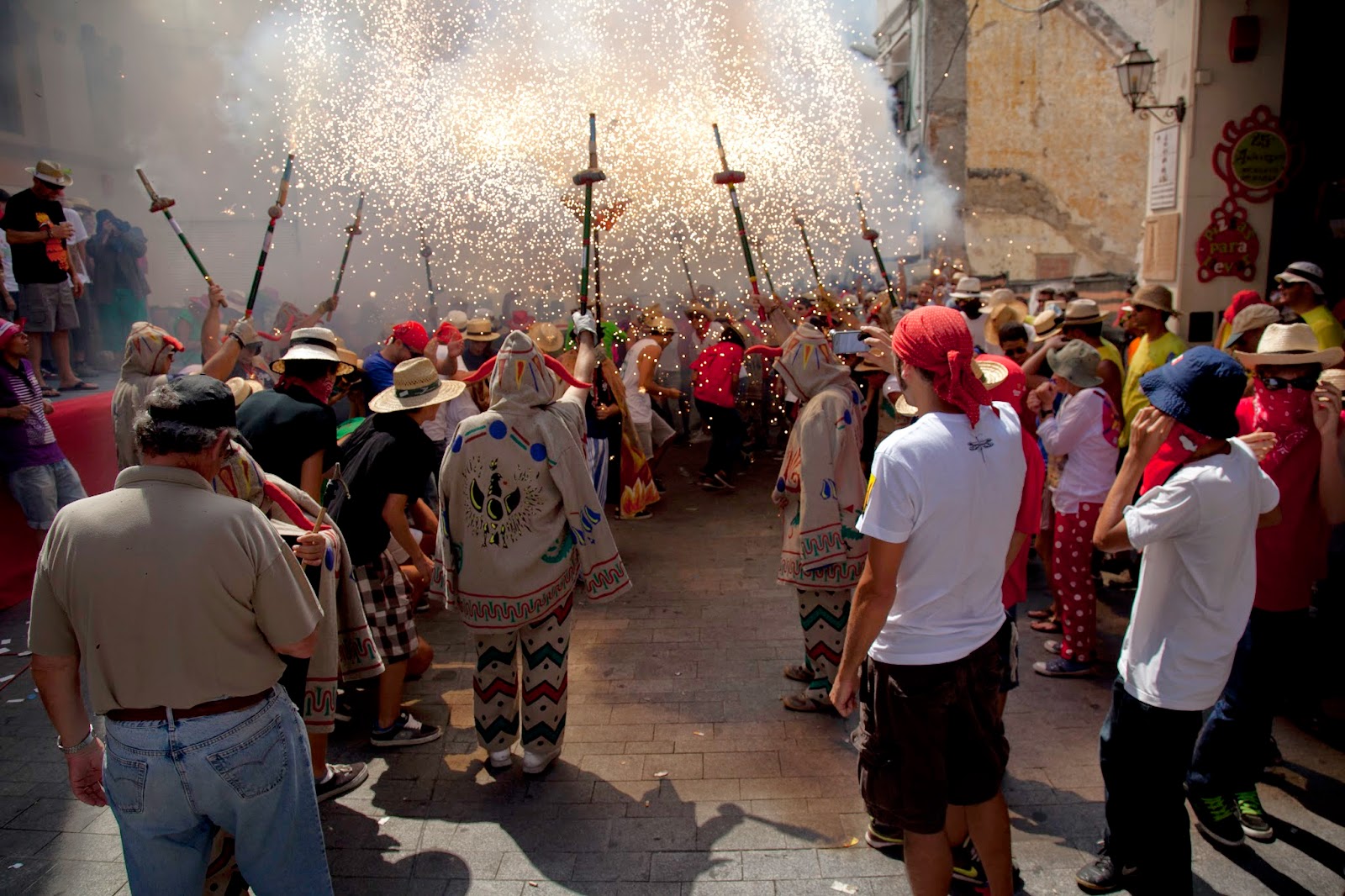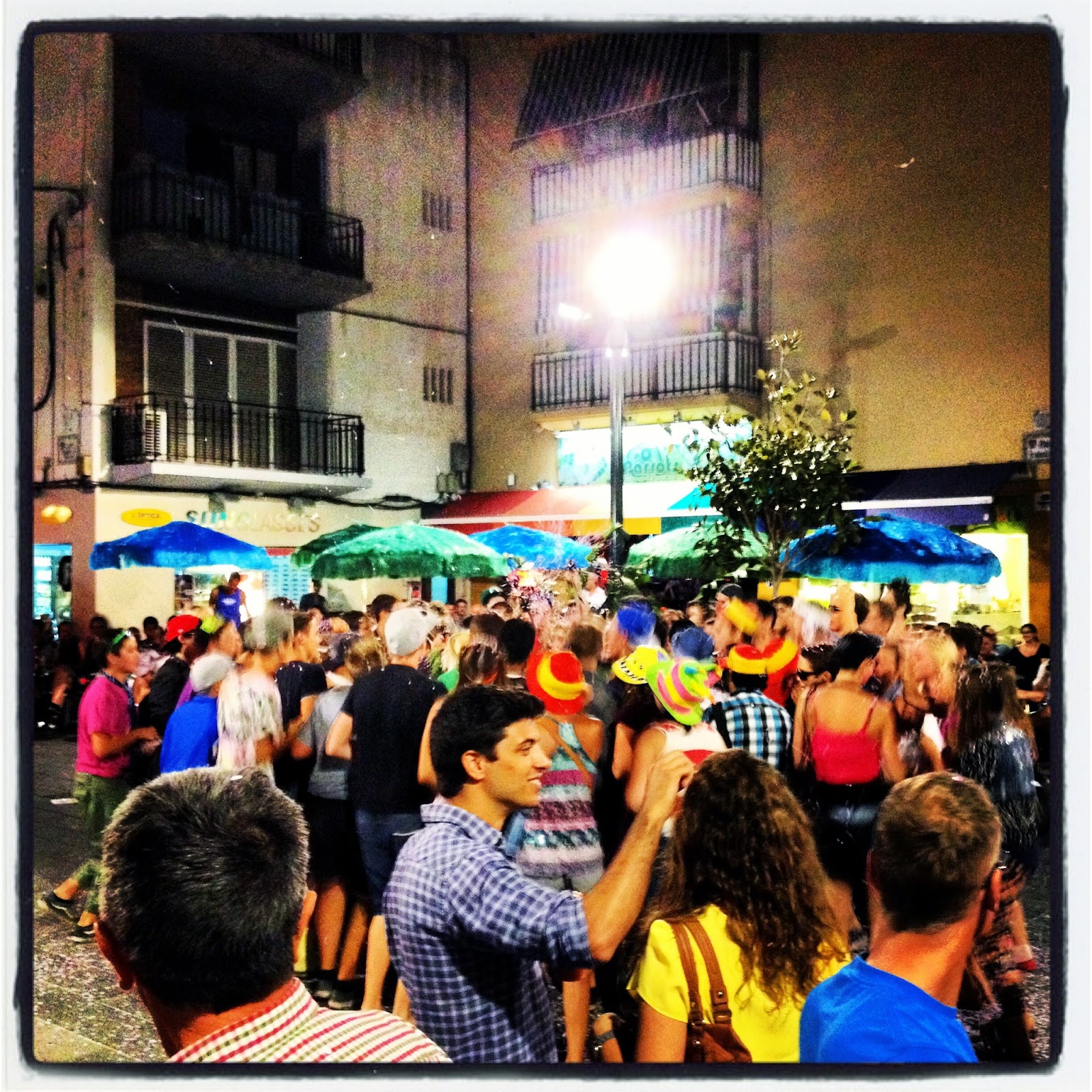Known for his incredible stories, his films are
also very much character driven, engaging the audience to feel their personal,
emotional experiences no matter the budget of the film.
Alfonso Cuarón Orozco is the filmmaker of Gravity, Children
of Men and of course, Y Tu Mamá También. He is also the
director of Harry Potter and the Prisoner of Azkaban.
I must admit, although I knew that he is a
director held in high esteem and of a few of his earlier films, I’ve been so
very busy in research for a new project I’m working on (watch this blog!!),
that I didn’t associate him with his Academy award win last year for Gravity.
He defeated a group of men including: Steve McQueen (12 Years a Slave), Alexander Payne (Nebraska) and Martin Scorsese (The
Wolf of Wall Street). And in doing so, Cuarón became the first Mexican-born
director to win an Oscar.
I wasn't even aware of the The Museum of Modern Art (MoMA) Film Benefit honoring him in New York
City late last November—considering my research took me to the city not only
for the new project, but also for the next issue of The Sitges Quarterly magazine.
Having spoken with him about his films, friends,
The SQ
magazine and about the stories we cover, it is easy to see why he is a
successful writer. He is very personable and focused on to whom he speaks. He
is interested in people; a trait that no doubt helps him to write realistic
characters and bring them to life on screen. And despite my interrupting him
from his writing, he was charming as ever, giving me his full attention.
Enthusiastically, he said that he looks forward
to coming to Sitges in order to attend its International
Fantastic Film Festival of Catalunya which he’s heard good things about
from his good friend, director Guillermo del Toro. I added, “I will hold you to
that promise”!
And with the SQ in hand, he’ll know
more about us…




















